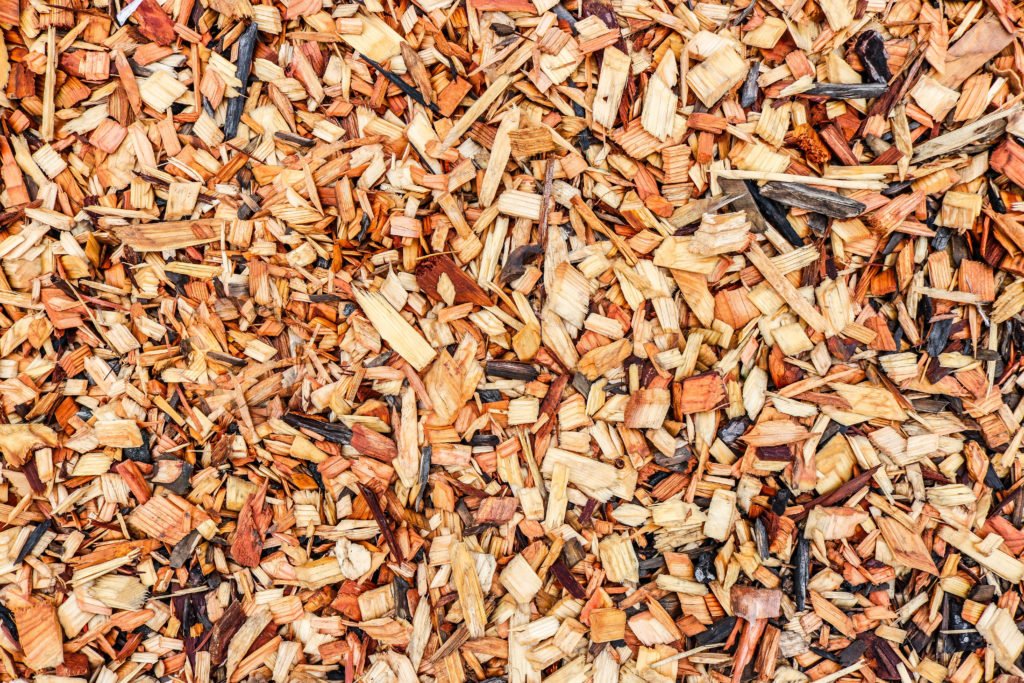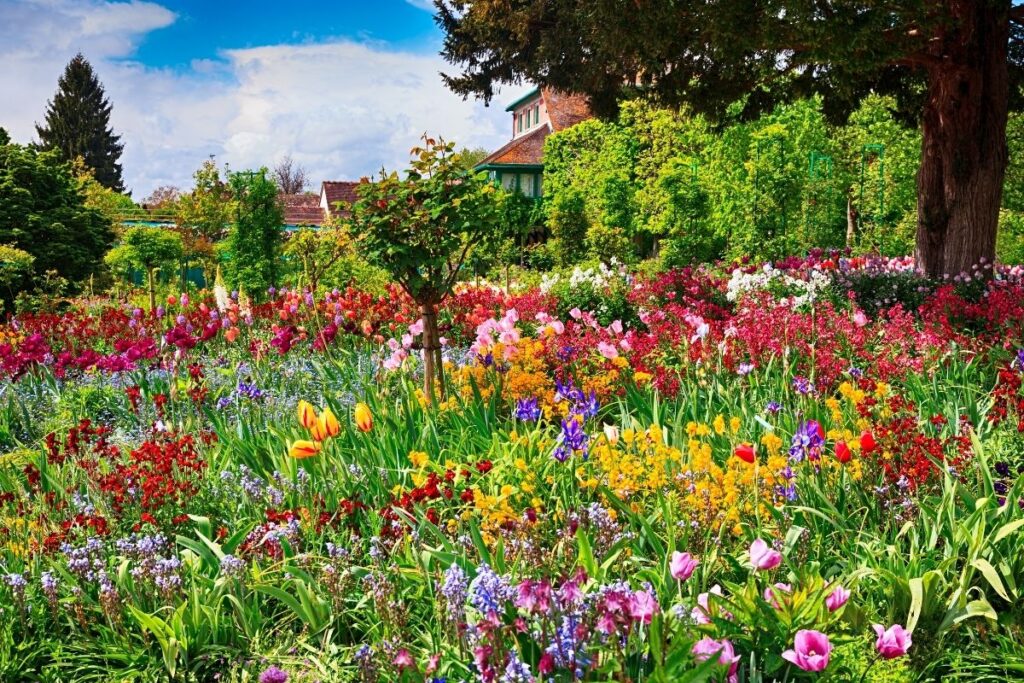If you have aphids in your garden, don’t worry – there are ways to get rid of them naturally! In this blog post, we will discuss some tips and tricks for getting rid of aphids using organic methods.
Many gardeners battle with aphids. These universally hated garden pests are small, but they can wreak havoc on a plant and turn the most beautiful garden into something that looks like it belongs in Dr. Seuss’s world!
There are about 5,000 species of aphids – small, soft-bodied insects that suck the juice from the infested plant. Aphids can be a huge problem for gardeners.
Aphids feed on plant sap and often cluster on the undersides of leaves and along stems. They can cause a plant to wilt or produce poor quality flowers and vegetables. These pesky insects can also spread diseases.
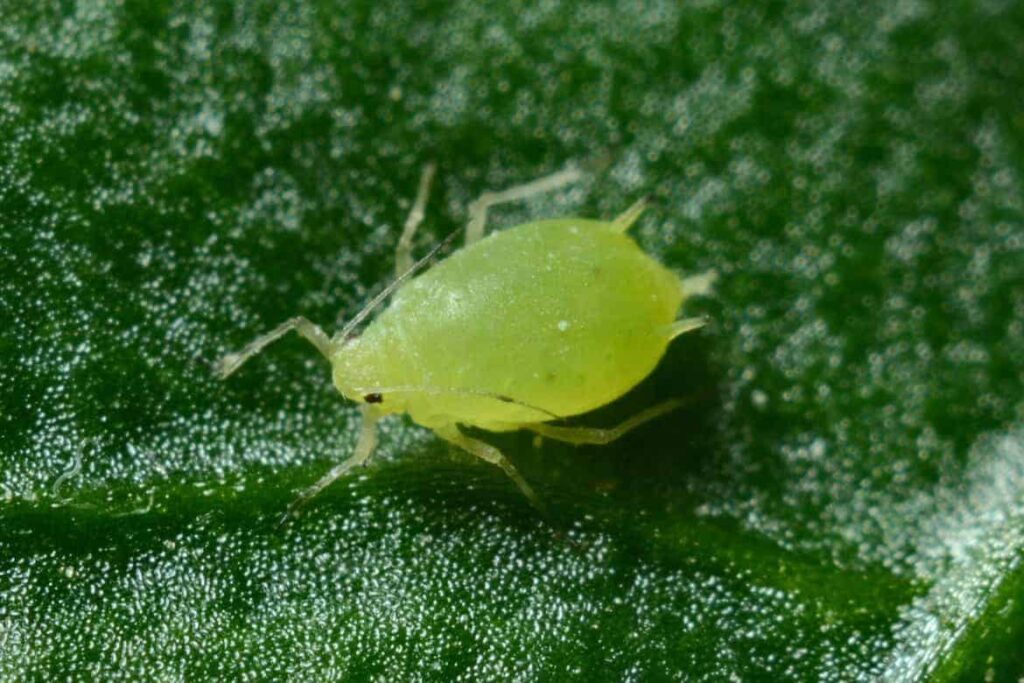
Fortunately, there are many natural ways to control aphid populations in your garden without using toxic chemicals.
Prevention and Plant Care
The best way to deal with aphids is to prevent them from taking over your garden in the first place. Here are some quick tips:
- Start with healthy plants that are well-nourished and less likely to be stressed.
- Keep your garden clean and free of debris where aphids can hide.
- Keep an eye out for ants – they often come along when there is an aphid infestation as they feed off the honeydew left behind by aphids.
- Remove any infested plant parts and dispose of them properly. If a plant is heavily infested, you might choose to cut off some stems and leaves.
- Attract beneficial insects to your garden such as ladybugs, lacewings, and hoverflies which feed on aphids.
- Plant mint, garlic, onions, or chives around the perimeter of your garden as a natural repellent.
That’s the quick and dirty version, but let’s get into the details now below.
Help, Aphids Have Taken Over My Garden!
If you are dealing with an aphid infestation, don’t despair. There are many organic ways to get rid of aphids naturally and even help keep them from coming back.
Remove aphids by hand
Although aphids multiply quickly, they move slowly and can easily be removed by hand or dislodged with water by spraying the plants. Physical outright removal of aphids is always the best option, when possible.
If you choose the latter option, use a strong jet of water from the garden hose to knock them off the plant, but not so strong that it might damage the plant’s stem or leaves. It helps to place your free hand behind the leaf you are squirting to give it support.
If you choose to get rid of them by hand, put on your garden gloves (squishing aphids is pretty yucky), and wipe or brush the aphids off into a bucket of soapy water.
You can also just pinch off the leaves or prune the areas of the plant where the aphid infestation is.
Use natural, organic treatments
Speak to any organic gardener and they’ll tell you their own special recipe for organic aphid control. One popular natural treatment are insecticidal soaps which is simply dish soap and water in a spray bottle.
The soapy solution coats the aphids’ bodies and will slowly dissolve their protective outer ‘skin’!
GrowSafe is an organic natural product that works well on aphids. It kills soft body insects on contact and is very effective on spider mites, whiteflies and aphids. It also works to treat powdery mildew and downy mildew. Best of all, GrowSafe contains all-natural and organic food-based ingredients that are non-toxic and safe for humans, pets, bees, ladybugs and other beneficial predators.
Other gardeners like to make up treatments from garlic, essential oil, or neem oil. Neem oil might also deter some beneficial insects too though.
Whatever ‘recipe’ you choose, the application is the same. Fill the spray bottle and spray liberally over the plant. Make sure you coat all parts of the plant, paying special attention to the undersides of the leaves.
Repeat this every few days as needed.
Some gardeners like to place sticky traps near plants to catch any new pests. The risk with these of course is that they can also catch beneficial insects so we don’t recommend this route.
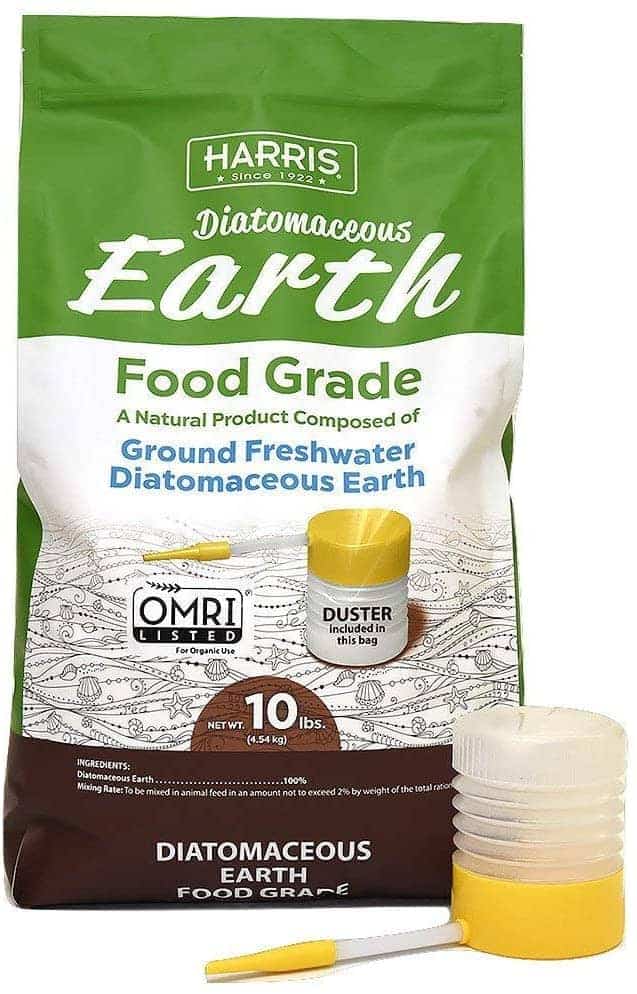
Another method to get rid of aphids is to sprinkle diatomaceous earth in your garden. Diatomaceous earth (DE) is made of fossilized remains and has sharp edges that cut through the outer tissue of insects, causing death by dehydration.
Again though, be sure not to use this where bees and other beneficial insects can be harmed. Sprinkling DE on the soil beneath any infected plants is a safer option, as bees tend to focus on flowers, not the soil. That way any aphids that fall off the plant are likely to be dealt with by the DE.
Use other natural predators
There are many beneficial insects which prey on aphids without harming other garden inhabitants. I use a combination of four different natural predatory insects in my garden and they do a great job at keeping the pests to a manageable minimum.
Ladybugs
Did you know that ladybugs (also called ladybirds and lady beetles) are one of the most beneficial insects in your garden? Not only do they eat aphids, but they also prey on other harmful pests such as mites, whiteflies, and mealybugs.
Ladybugs can be attracted to your garden by planting certain plants that will act as a lure. Some good choices include yarrow, cosmos, lavender, or dill.
You can also purchase ladybug larvae from nurseries or online and release them into your garden. The larvae will feed on aphids and other pests until they mature into adult ladybugs.
If you have a lot of aphids in your garden, it might be worth considering introducing some ladybugs into the mix! They will take care of the problem in no time.
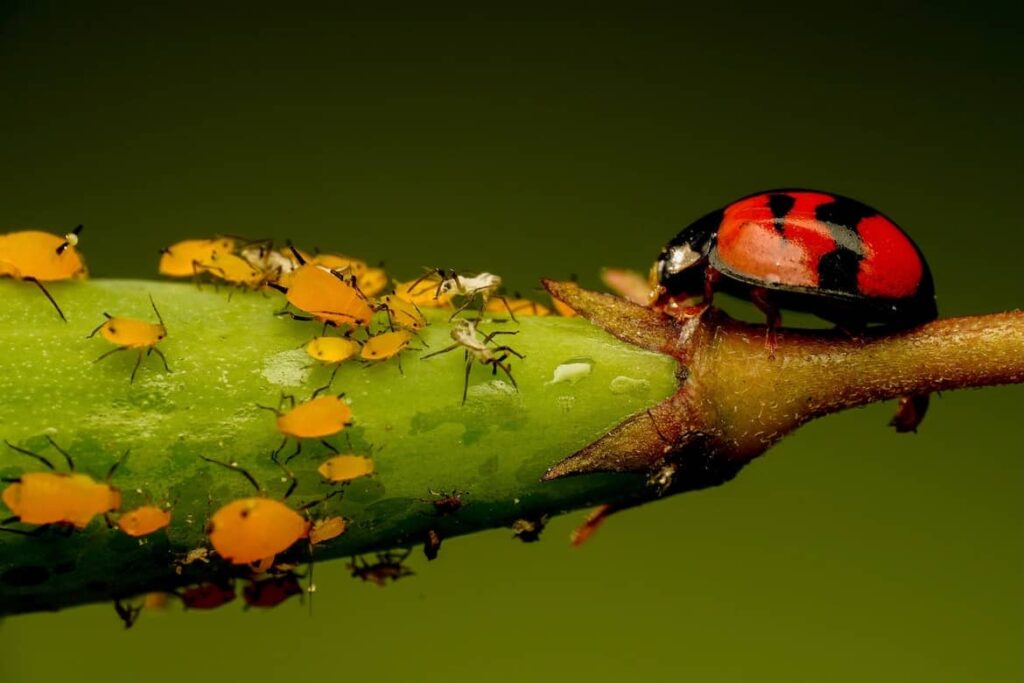
Tips for Using Ladybugs in Your Garden
Keep them in your refrigerator for up to 2 weeks so you can release them in batches over time.
Remember it is best to release them at dusk/night when they are less active so they don’t immediately fly away.
Sprinkle them on the soil at the base of the plant as they like to climb up on their own.
Green Lacewing
Another insect predator that feeds on aphids is the green lacewing. Again, these can be bought online and are usually purchased as eggs that have been pre-glued onto hang tags. Simply hang these on your plants that tend to have pest problems and the eggs will hatch over time.
Lacewing are voracious eaters of aphids, spider mites, thrips, whiteflies, mealybugs, small caterpillars, eggs of leafhoppers, moths, and leaf miners. Some say they are even better than ladybug.
Praying Mantis
The third predator I love using in the garden is the praying mantis. This might be my favorite because they can eat quite a bit and since they are ambush hunters, they tend to stick around.
I’ve had one that has lived on the same plant for months and months just getting bigger and bigger. They are quite fun to watch and you can even hold them.
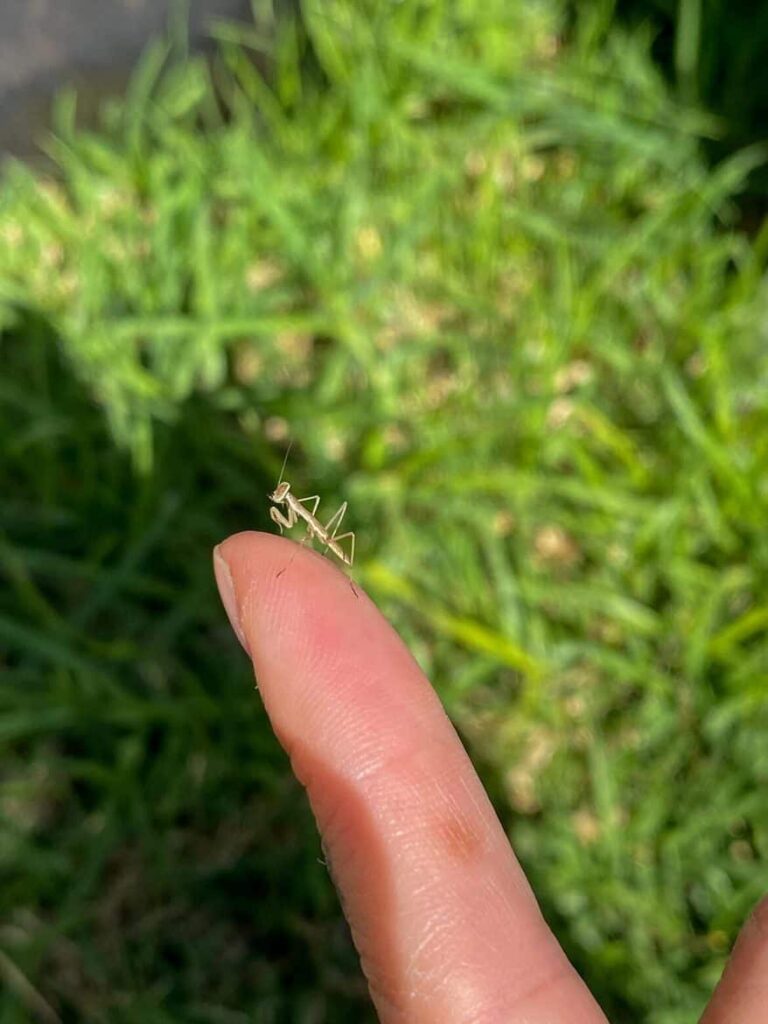
They can be a little pricey if you buy them as young mantids, so I always purchase eggs (Ootheca) and keep them in a ventilated cup so I know exactly when they hatch (usually in the late spring once it gets warm).
Then on the day they hatch I sprinkle them out throughout the garden. One egg can hatch over 100 mantid!
Jumping Spiders
I always love finding jumping spiders in the garden. They are not picky eaters and will devour everything from aphid to flies to moths to caterpillars to grasshoppers.
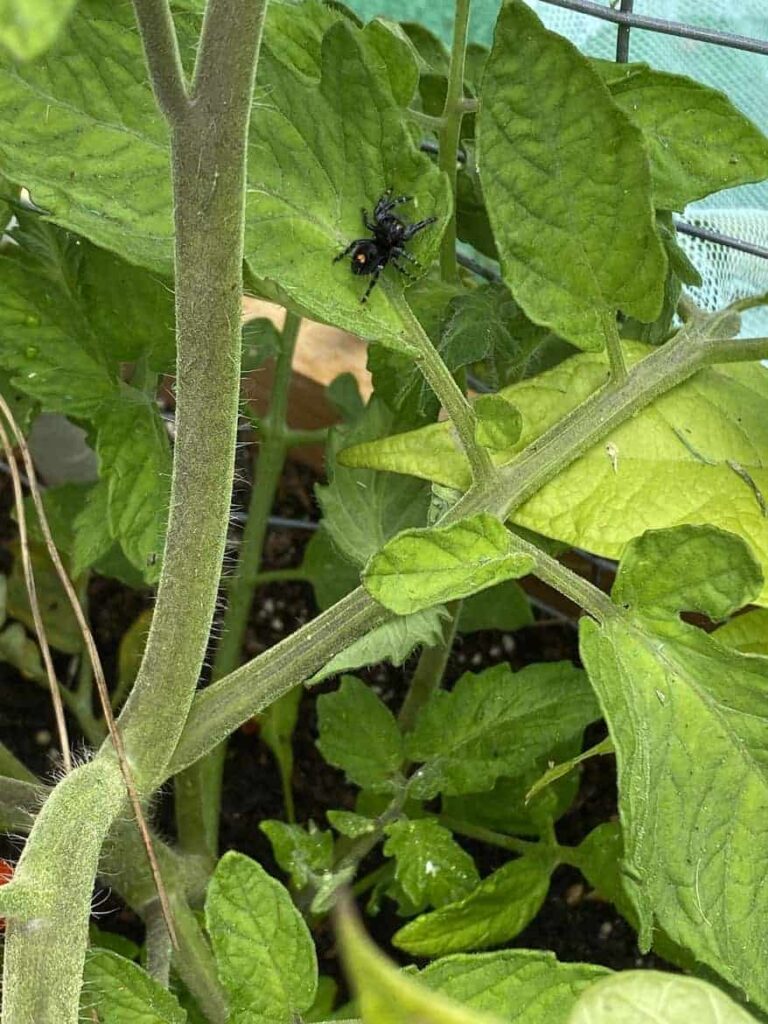
Because of this, they are probably THE BEST predator to have in your garden, especially if you also have a problem with cabbage loopers and moths. Jumping spiders don’t make annoying webs and will usually just build a small nest in some out of the way corner.
They will travel from plant to plant to hunt for food during the day, but usually return to their nest at night. The ones in my garden tend to keep several plants in a row pest free and are permanent residents.
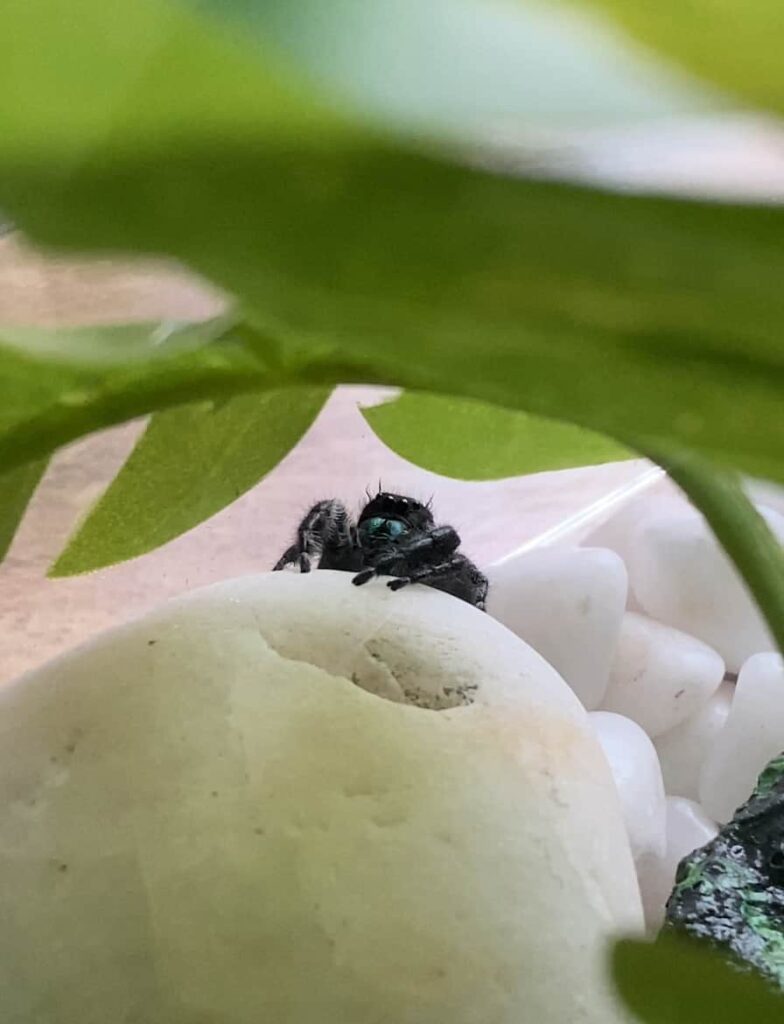
I think they are adorable and if you have kids they are fun to hold and easy to keep as pets too!
Companion planting
Certain plants naturally repel aphids, and other plants attract them. You can also introduce plants that attract aphids’ predators, the beneficial insects.
By practicing companion planting with the 3 different types of plants, you can avoid many cases of aphid infestation.
Use yarrow, clover, mint, dill or fennel to attract beneficial insects like parasitic wasps.
Alliums tend to repel aphids, so plant garlic, chives and onion to steer aphids away.
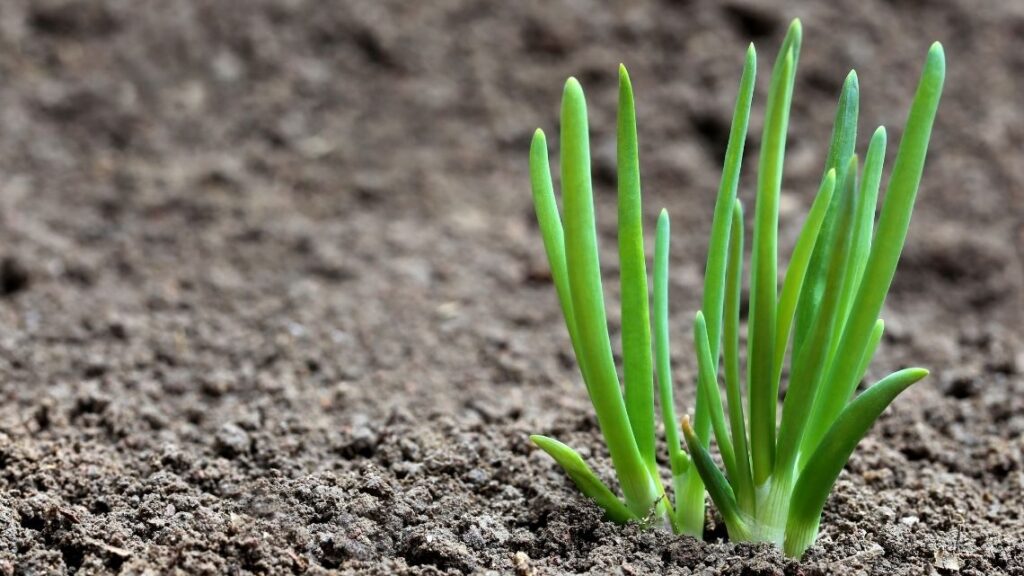
Many pretty flowering annuals are beacons to aphids, so plant dahlias, zinnias, and nasturtiums to attract aphids away from your other plants. Knowing that aphids like them, you might want to keep an eye on these distraction plants and chop off any newly infested growth.
Sadly, aphids also love roses and butterfly milkweed, so if you have roses in your garden, check them regularly for any new aphid attacks!
Conclusion
We’ve given you a few of our best natural aphid control tips. Not only are these methods less harmful to the environment, but they also don’t require any expensive equipment or special tools.
With just some simple ingredients from your kitchen pantry and garden shed, you can take on that annoying pest problem for good!
What other natural ways have you found to get rid of those pesky bugs? Share in the comments below with us!


